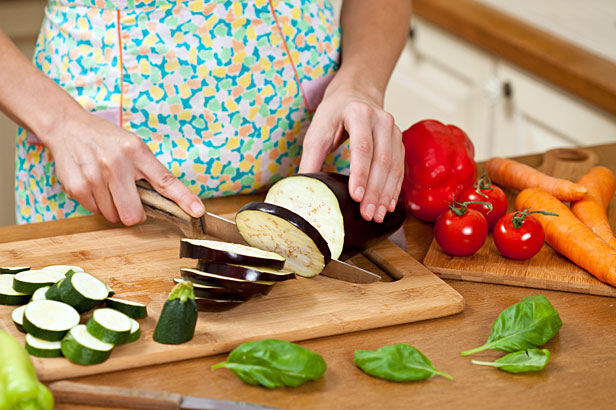You’re busy and you don’t always have time to make yourself nutritious meals. Like many people who want to eat healthy on a budget, you probably rely on those handy frozen entrees to fill the gap. After all, they seem like a bargain compared to going out for dinner every day.
But if you do the math, you’re probably spending a lot for frozen meals that don’t taste that great and are processed, packaged, and preserved. Why not make your own frozen dinners and save the extra money? By using better quality ingredients and controlling the cooking method, you’ll always have a supply of quick and tasty meals on hand (with foods you actually like to eat!).
Preparing freezer-ready meals isn’t a difficult task. To get started, use these meal preparation and storage tips:
- Use suitable containers– Make sure the containers you use to store your meals in are both microwave and freezer safe. Glass and plastic may be suitable, but it is best to check first. Another option is large freezer bags. Certain foods will freeze well in a bag, and can then be defrosted in the refrigerator, placed in a microwave-safe container, and then reheated.
- Completely cool hot food before freezing– This is to prevent the growth of bacteria. Bacteria can grow when the outside of your food freezes, while the inside remains warm.
- Keep air-tight– Make sure food is wrapped well and/or covered with air-tight lids to prevent air from getting in.
- Label each dish– Use a permanent marker to label each dish with a name and a date. For maximum quality and flavour, use each meal within a couple of weeks.
- Vegetables should be slightly under cooked– This prevents them from becoming mushy when you reheat them.
- Frozen doesn’t mean forever– As a general rule, fruit and vegetables will stay freezer-fresh for around eight months, fish and shellfish for up to six months, and meat and poultry for three. Trust your instincts and throw out anything from the freezer that smells or tastes “off.”
- Don’t re-freeze defrosted foods– Because the taste and texture will decline and you could be risking bacterial contamination.
- Thawing frozen foods – With the exception of baked goods, do not thaw foods at room temperature. Bacteria can grown in the thawed portion of the prepared foods, releasing toxins that are unsafe to eat even after cooking. Either thaw in the refrigerator, in cold water or in a microwave on the defrost setting.
- Don’t overcrowd the freezer –Ensure enough space between foods to allow free circulation of air. Freezing does not kill bacteria, yeast and moulds that might be in your foods. If the freezer’s temperature is disturbed often or altered for an extended period of time these microbes can compromise your food’s safety.
- Check the temperature of your freezer –Your freezer temperature should be below 0 degrees Fahrenheit (18 degrees Celcius). Use a thermometer to check the temperature.
For more tips and assistance with preparing your foods while doing your TLC-Program contact the TLC-Chef at tlc.chef@tlcforwellbeing.com

